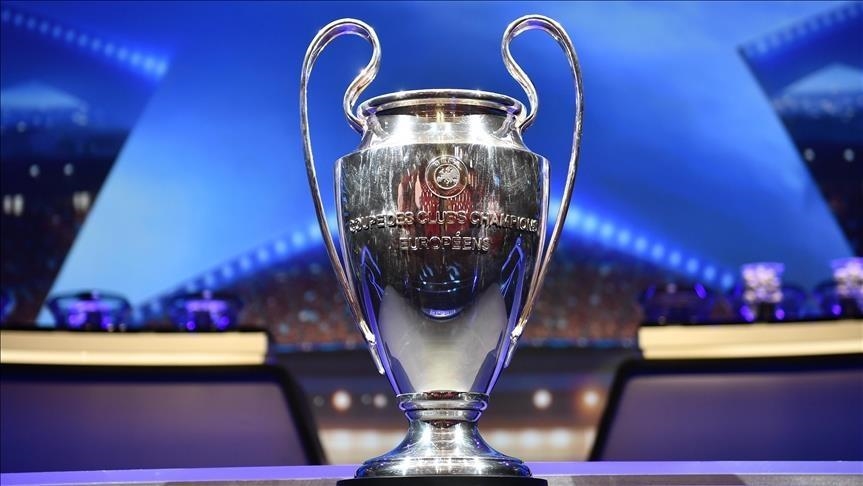The UEFA Champions League trophy, often called the “big ears” due to its distinctive handle design, is one of the most coveted prizes in football. Beyond its gleaming exterior and the glory it represents, the trophy is surrounded by numerous legends and superstitions that add an intriguing mystique to its legacy. Here are all the superstitions and legends about the iconic trophy as it traversed through multiple Champions League stadiums.
UEFA Champions League Trophy: Chilling Superstitions and Legends
The Curse of Bela Guttmann
One of the most renowned legends associated with the Champions League trophy is the “Curse of Bela Guttmann.” In the early 1960s, Hungarian coach Bela Guttmann led Portuguese club S.L. Benfica to consecutive European Cup victories in 1961 and 1962.
Following these triumphs, Guttmann requested a pay raise, which the club denied. Feeling unappreciated, he reportedly declared that Benfica would not win another European title for a century. Since then, Benfica has reached several European finals but has consistently fallen short, leading many to believe in the enduring power of Guttmann’s curse.
Pre-Match Superstitions and Rituals
Footballers are known for their pre-match rituals, especially when competing for prestigious trophies like the Champions League. These superstitions range from wearing specific items of clothing to following particular routines.
For example, former Arsenal defender Kolo Touré insisted on being the last player to step onto the pitch. This ritual once led to a delay during a Champions League match when he waited for a teammate receiving treatment, causing both to miss the start of the second half.
The Unwritten Rule: Not Touching the Trophy Before the Final

A widely observed superstition among players is avoiding touching the Champions League trophy before the final match. The belief is that prematurely handling the trophy brings bad luck, diminishing the chances of winning it. This unwritten rule underscores players’ deep respect and reverence for the trophy and the superstitions surrounding it.
The Champions League Trophy’s Unique Journey
The original European Cup trophy was permanently awarded to Real Madrid after their fifth consecutive win in 1960. The current design, introduced in 1967, stands 73.5 cm tall and weighs 7.5 kg.
A rule established in 1968 allowed any club that won the competition five times or three times consecutively to keep the trophy permanently. However, since 2009, the original trophy has remained with UEFA, and winning clubs have received a full-sized replica.
Managerial Superstitions and Records
Managers, like players, are not immune to superstitions. Sir Alex Ferguson, the legendary Manchester United manager, was known for his meticulous routines and beliefs. Carlo Ancelotti recently surpassed his long-standing record of managing the most Champions League games, highlighting the ever-evolving nature of football legends and records.
The Allure and Mystique of the Trophy
The Champions League trophy’s allure is not just in its physical form but also in the stories, legends, and superstitions that surround it. These narratives add depth to the competition, making each tournament a test of skill and a dance with fate and destiny.
In conclusion, the UEFA Champions League trophy is more than just a symbol of footballing excellence. It’s a vessel of stories, legends, and superstitions that enrich the beautiful game, reminding us that football is as much about the narratives off the pitch as it is about the action on it.


